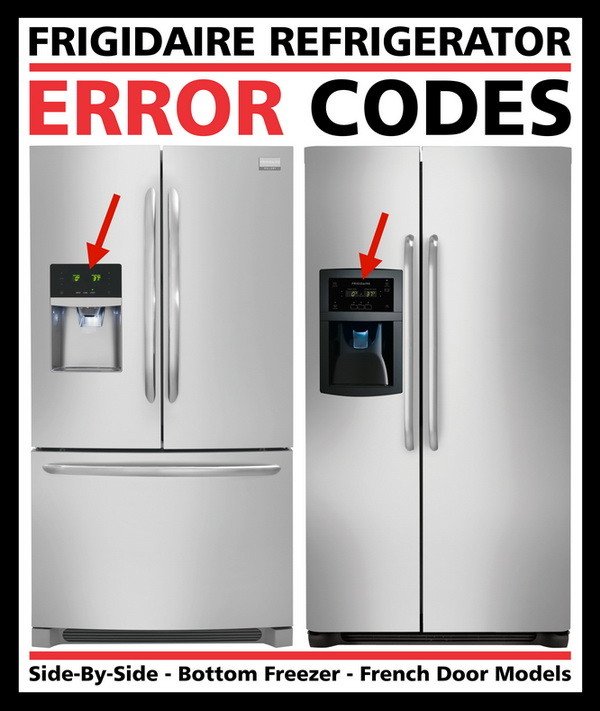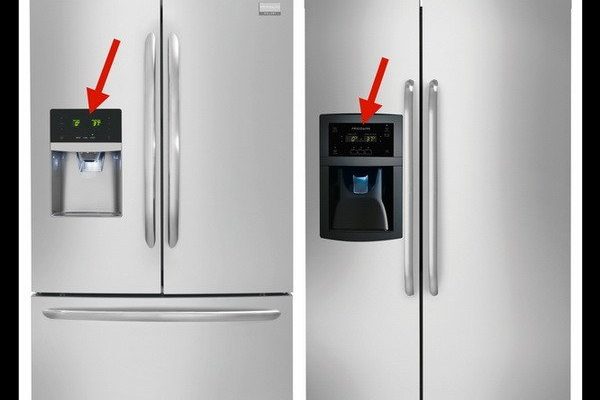
The “E1” error often indicates a failure somewhere in the refrigerator’s communication system, particularly with the temperature sensor circuitry. This error could be as simple as a false alarm due to a temporary glitch, or it could stem from a more persistent issue involving the sensors or their connections. But here’s the deal: sometimes, like a computer having a bad day, your refrigerator just needs a reset. It’s like hitting a refresh button on your computer, giving it a chance to start over and sort itself out.
Understanding Error Code E1
Before diving into the reset process, it’s important to understand what “E1” means. An error code like E1 usually signifies a communication error. Think of your refrigerator as a network of interconnected components, each part chatting away to keep everything cool and fresh, much like a team working on a project. If one member of the team stops communicating effectively, the whole operation can start to falter—that’s when you see error codes like E1.
Typically, this code points to a problem with the refrigerator’s thermistor, which is like the weather reporter for your fridge, reading temperatures to ensure everything stays just right. If it can’t do its job, things can start to go awry. But don’t worry, this is where a reset can come in handy. By resetting the fridge, you can often clear minor glitches and restore normal communication.
Having a basic grasp of what the E1 error code implies is crucial. It gives you a good starting point when deciding what to do next. Should you call a professional right away, or is there something you can try first? Knowing the code’s background can help you decide.
How to Reset Your Frigidaire Refrigerator
Resetting your fridge might sound daunting, but it’s quite straightforward! It’s like giving your refrigerator a little nap, allowing it to wake up fresh and ready to tackle its cooling duties. Here’s how you can do it:
First, unplug your refrigerator from the power source. This is like turning off a gadget completely to make sure it stops all current activities. Leave it unplugged for about 5 minutes. This brief downtime allows the internal systems to fully power down, clearing any temporary errors.
While you wait, you might want to inspect the power cord and outlet to ensure there are no visible signs of damage. Sometimes, a simple thing like a loose plug can cause intermittent power issues, leading to error codes.
After waiting, plug your refrigerator back in and turn it back on. Check the display panel to see if the error code has cleared. You might be pleasantly surprised to find that the code has disappeared—just like magic! But remember, if the code persists, it might be indicative of a deeper issue that a reset can’t fix.
When Resetting Isn’t Enough
So, let’s say you’ve tried resetting but the pesky E1 error code is still staring you in the face. What then? Well, it’s time to dig a little deeper. If resetting didn’t resolve the issue, the error might be due to a faulty thermistor or a problem within the wiring. Imagine trying to use a broken thermometer; no matter how many times you shake it, it’s not going to give you the right temperature.
In these cases, troubleshooting involves checking the connections to the thermistor and possibly replacing it. But hey, no need to panic. While this may sound like complicated doctor talk, a professional appliance technician can diagnose and fix these issues.
It’s important to consider that continuously ignoring or resetting persistent error codes can lead to inefficient cooling or even spoilage of your stored items. Therefore, if the error pops back up, don’t hesitate to reach out for expert help.
Preventing Future Errors
Now that you’ve tackled the error, let’s talk about keeping it from happening again. Preventative measures can go a long way in maintaining the health and performance of your refrigerator. Think of it as regular check-ups at the doctor; they keep everything in tip-top shape.
Regularly clean your refrigerator coils, as dust accumulation can impact performance. Ensure that your fridge is not overcrowded so that air can circulate properly. Also, occasionally check for updates or recalls that might be relevant to your fridge model—sometimes, manufacturers release firmware updates that can address common glitches and bugs.
These simple actions can help prevent not just the E1 error, but many other potential issues, extending the longevity of your refrigerator. By giving your appliance a bit of care and attention, you ensure it continues working effectively, keeping your food fresh and your drinks cold.
So there you have it! A complete guide to understanding and resolving the E1 error code on your Frigidaire refrigerator. Whether it’s a simple reset or a quick call to a professional, you’re now equipped with the knowledge to tackle it head-on.
